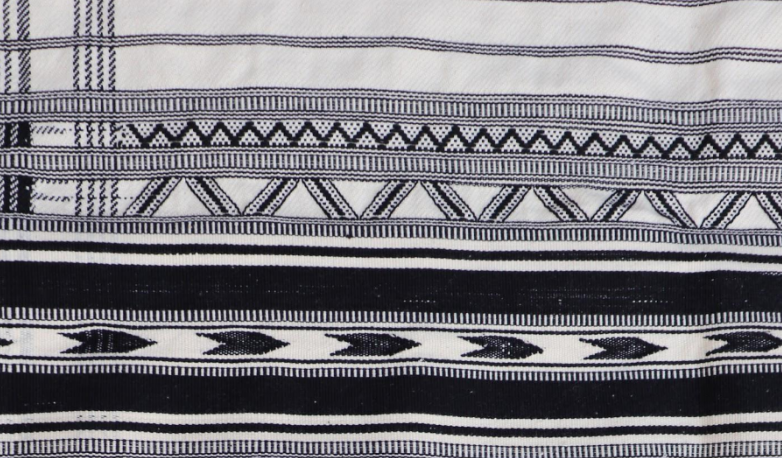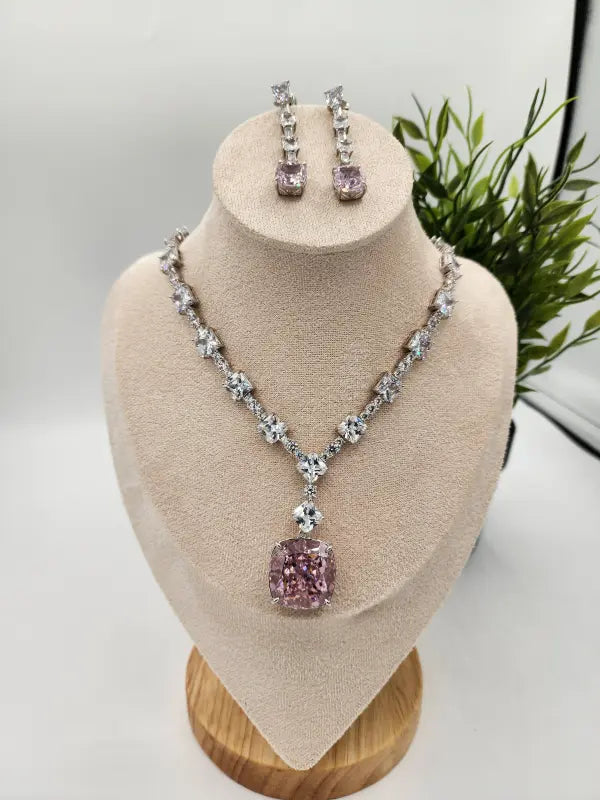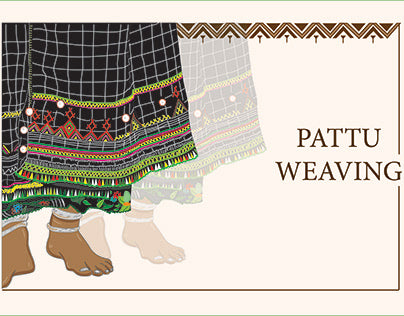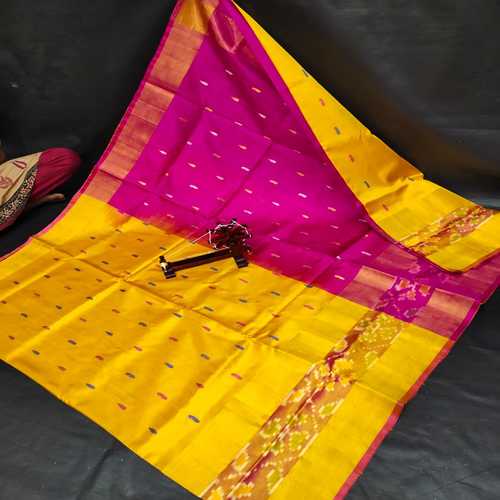Pattu weaving is a traditional craft from Western Rajasthan, renowned for its distinctive woollen shawls and dhurries. The term "Pattu" refers to these woven textiles, which are typically used as shawls by the women in the region. This art form showcases the intricate skill and cultural heritage of the Meghwal community, known for their unique weaving techniques.
The Weaving Process

Materials and Techniques
Pattu shawls are made using local wool, which is transformed into slender strips or pattis by the Meghwal weavers. These strips are then sewn together to create broad, functional shawls. The weaving process is carried out on a pit loom, where the textile is crafted using a twill lace technique. This method involves creating a series of intricate designs through interlocking and extra weft decoration.
Warping and Interlocking
The warping process involves setting vertical binding strips in harmonizing colors on either side of the loom. These strips are crucial for achieving the vibrant, pure colors seen in Pattu fabrics. The interlocking technique plays a significant role in this process, allowing for the creation of elaborate patterns and designs.
Creating Designs

The design process in Pattu weaving is particularly fascinating. The bobbin used in weaving carries a weft in a color that matches the distinct band being worked on. This weft is then interlaced with the bound sections of the bands, creating intricate patterns. The additional weft yarn is used to add embroidery-like figures to the fabric, enhancing its visual appeal. This technique of extra weft figuring results in beautiful, detailed designs that reflect both artistic skill and cultural symbolism.
Cultural Significance

Motifs and Patterns
Pattu fabrics are not just functional; they are also rich in cultural symbolism. The designs often feature motifs such as fish, human figures, and scenes from rural life. These patterns are deeply rooted in the local traditions and convey stories and beliefs of the community. The vibrant colors and detailed embroidery bring these motifs to life, making each piece a unique representation of Rajasthani culture.
Tradition and Heritage
The art of Pattu weaving is more than just a craft; it is a vital part of Rajasthan’s cultural heritage. The techniques and designs have been passed down through generations, preserving the traditions of the Meghwal people. Each Pattu shawl or dhurry is a testament to the skilled craftsmanship and enduring cultural values of Western Rajasthan.
Conclusion
Pattu weaving in Rajasthan is a beautiful example of traditional craftsmanship that blends functionality with artistic expression. Through the meticulous process of weaving, interlocking, and designing, Pattu fabrics emerge as vibrant symbols of the region’s rich cultural heritage. The intricate patterns and colors reflect the artistic legacy of the Meghwal community, ensuring that this ancient craft continues to thrive and be celebrated.
1. What is Pattu weaving?
Pattu weaving is a traditional craft from Western Rajasthan, involving the creation of woollen shawls and dhurries. These textiles are woven on a pit loom using intricate techniques to produce vibrant patterns and designs.
- What materials are used in Pattu weaving?
Pattu shawls are made from local wool, which is woven into slender strips called pattis. These strips are sewn together to form the final fabric.
- How are the designs created in Pattu fabrics?
Designs are created using a combination of interlocking techniques and extra weft decoration. The weaving process involves using different colored wefts and warp yarns to produce intricate patterns and motifs.
- What motifs are commonly found on Pattu fabrics?
Common motifs include fish, human figures, and scenes from rural life. These patterns reflect the cultural and artistic heritage of Rajasthan.
- What is the cultural significance of Pattu weaving?
Pattu weaving is an important aspect of Rajasthani culture, showcasing the skill and traditions of the Meghwal community. The designs and techniques have been passed down through generations, preserving the region’s artistic legacy.




